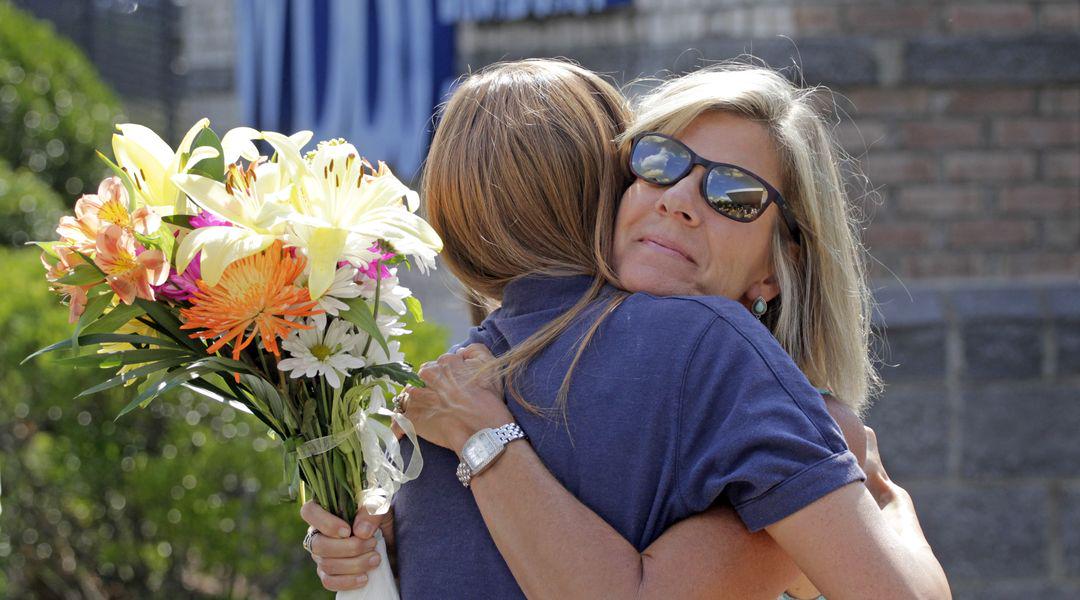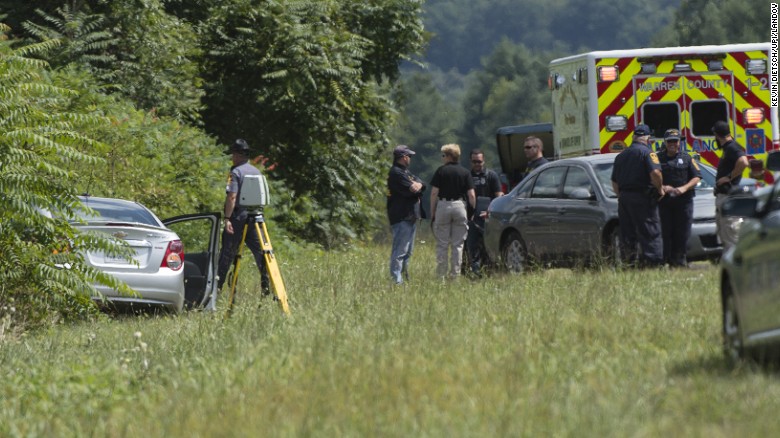In response to #WDBJ tragedy, tips for managers on dealing with trauma in the newsroom: http://bit.ly/1KQO6wE
Tips for how journalists can respond to trauma
The Dart Center for Journalism and Trauma released a new guide on how journalists can respond to traumatic incidents like the shooting of two journalists at WDBJ.
Few situations present greater challenges to a newsroom than the traumatic death of a colleague. While journalists are a resilient tribe, the death of a colleague will likely strain any news operation’s coping strategies, with ripple effects being felt far beyond the newsroom.
This tipsheet offers guidance on immediate issues that journalists may need to address following the violent death of a colleague.
UNDERSTANDING THE CHALLENGES
Any sudden death comes as a shock and defies our ability to make sense of it. The complications only increase if the cause of the death is targeted violence.
Reactions differ greatly from individual to individual and often depend on how closely you identify with the event and person who has died. Even colleagues who are less close to the deceased or never met directly may have complicated feelings of grief and loss.
Recognizing emotional reactions for what they are – normal responses to an abnormal situation – can help minimize the impact. Some of these reactions include:
- Numbness or a sense of unreality, as if the event has not happened and the person is still alive
- Mood swings. Fluctuating between intense feelings of sadness and elation that you survived.
- Lethargy or unusual feelings of exhaustion
- Persistently thinking about the event – including replaying it in your mind – even if you did not witness it directly.
- Difficulties concentrating
- Feelings of guilt for having survived, or for not having done enough to protect others
- Avoiding reminders, and pushing away discussion of the event when others bring it up
- Intense anger directed towards perpetrators of the attack or others such as colleagues, family members or yourself.
- Physical reactions such as bodily pains, dizziness, tightness in the chest and shortness of breath, or difficulty eating and sleeping.

Were the media wrong to publish Virginia shootings video and images?
Thousands of people took to Twitter to complain about national newspapers showing graphic images of a journalist being shot dead in Virginia.
And many also expressed disgust at people who had watched the online video footage of the murders of Alison Parker and Adam Ward by their former colleague, Vester Flanagan.
But it is fair to say that widespread public disgust at the publication of the pictures and the footage was matched by widespread public accessing of the same images.
Many hundreds of thousands of people bought the newspapers that published the photographs… and will do again tomorrow.
There, in a nutshell, is the problem faced by all media organisations in dealing with controversial material. The public, the people they serve, do not think or act alike.
![]()
Should news organizations share the video of the WDBJ7 shooting?
By Sarah Grieco, CJR (August 26, 2015)
On Wednesday morning, two journalists near Roanoke, Va. were fatally shot during a live taping. The video was posted to various news outlets, prompting a discussion on Twitter about whether it was appropriate to show the footage.
As the WDBJ tragedy evolves, how will journalists frame the story?
By Bruce Shapiro, CJR (August 27, 2015)
It is less than an hour’s drive from Roanoke, due south across Virginia’s Blue Ridge Parkway, to Smith Mountain Lake, where WDBJ reporter Alison Parker and videographer Adam Ward—24 and 27 years old, respectively—were shot to death by a former colleague on live TV early Wednesday morning. Nothing prepares journalists anywhere for the murder of our own. Yet the news professionals of Roanoke know something about handling high profile tragedy, the kind that swiftly brings the world’s media to your small-city doorstep. This is the same southwestern Virginia news community that, less than a decade ago in April of 2007, demonstrated exceptional dignity and skill covering the mass shootings at Virginia Tech University even while reporters’ and editors’ own spouses and children were locked down or facing unknown fates on campus.
Tragedies & Journalists: A 40-page guide to help journalists, photojournalists and editors report on violence while protecting both victims and themselves. PDF
Debate en el programa matinal de Onda Ceero (España) el 27 de agosto de 2015: de 2:27:00 a 2:39:00 h. (Casimiro Gª-Abadillo, Pepe Oneto, David Gistau y Carlos Alsina)






